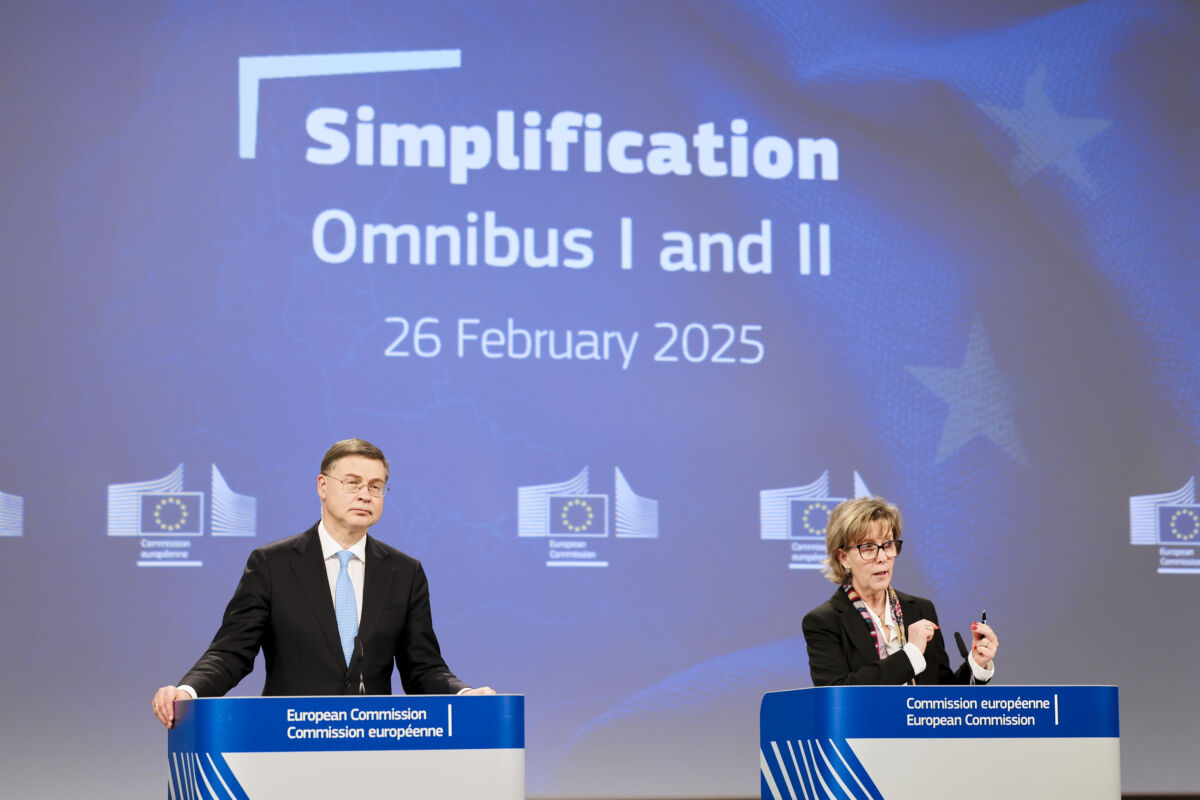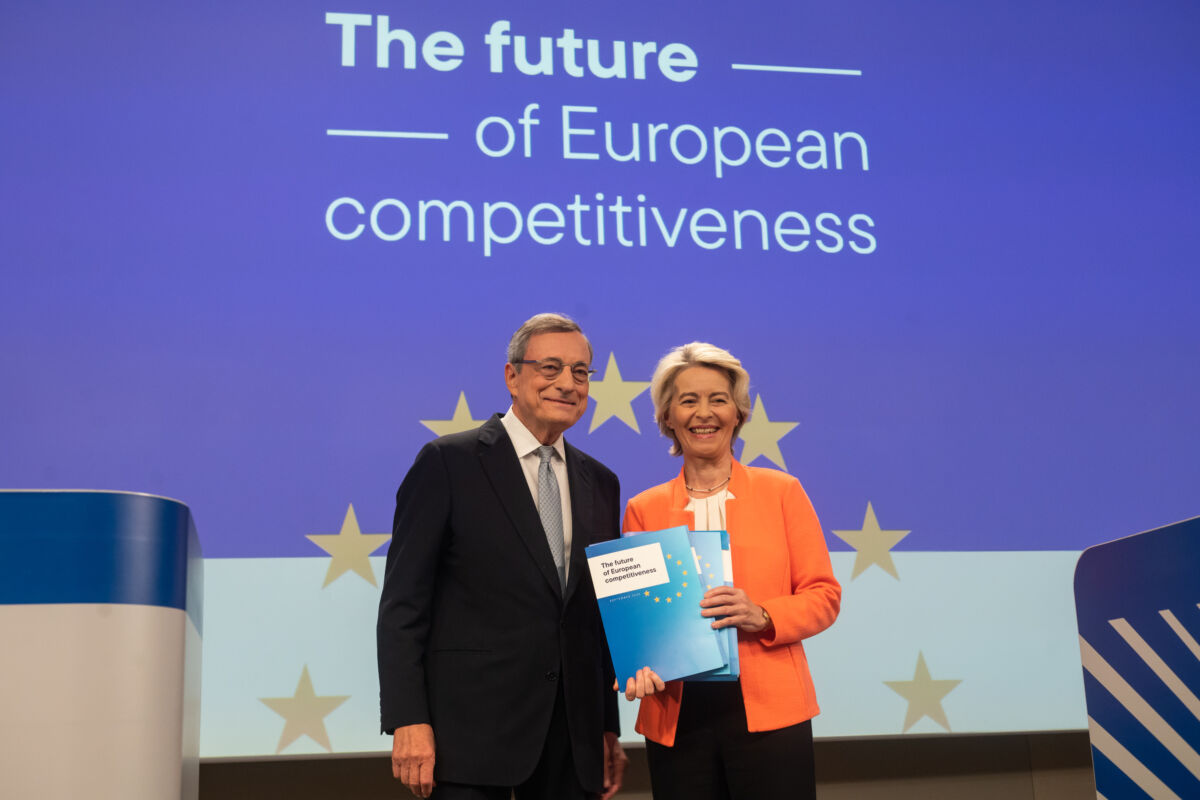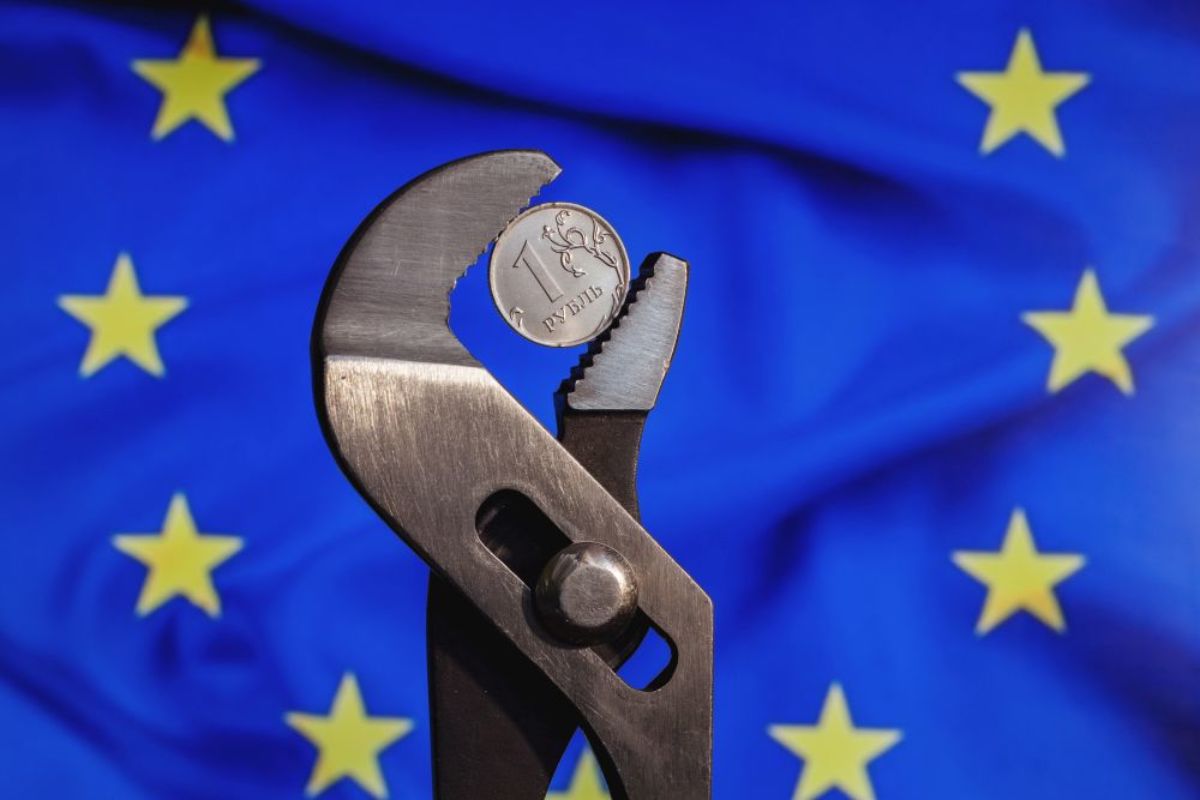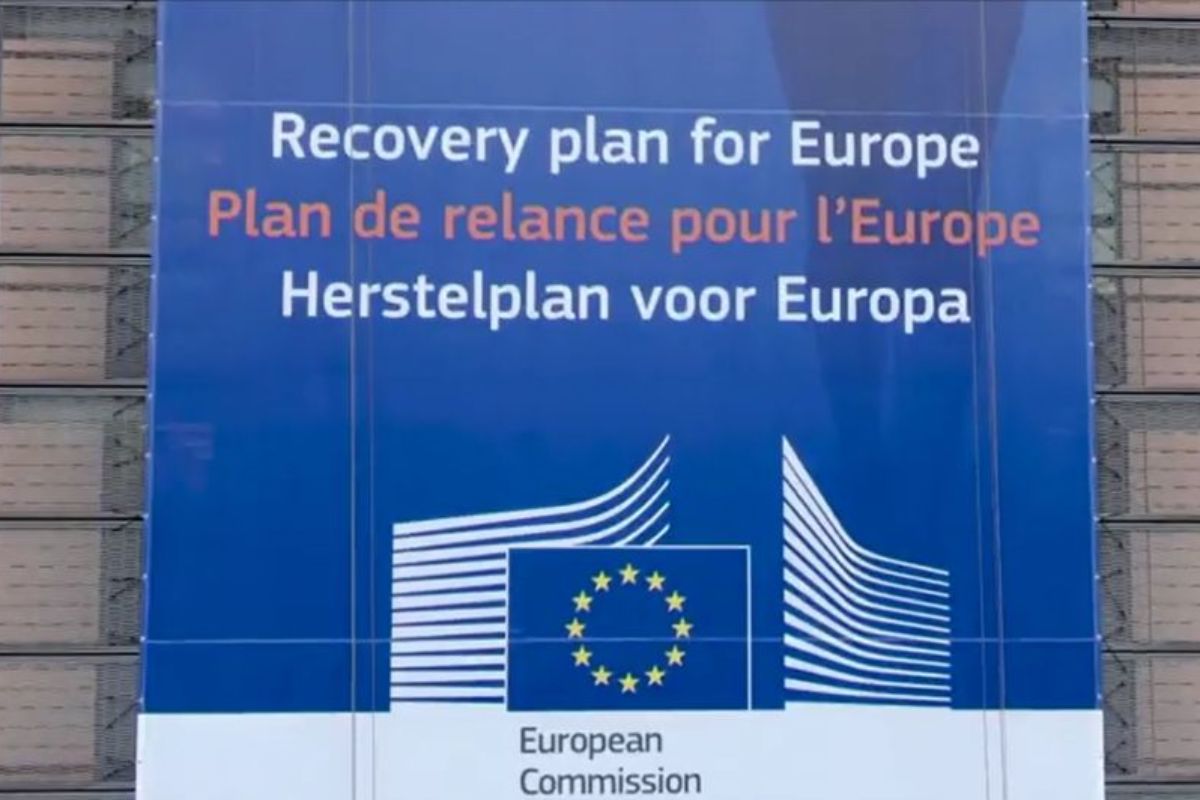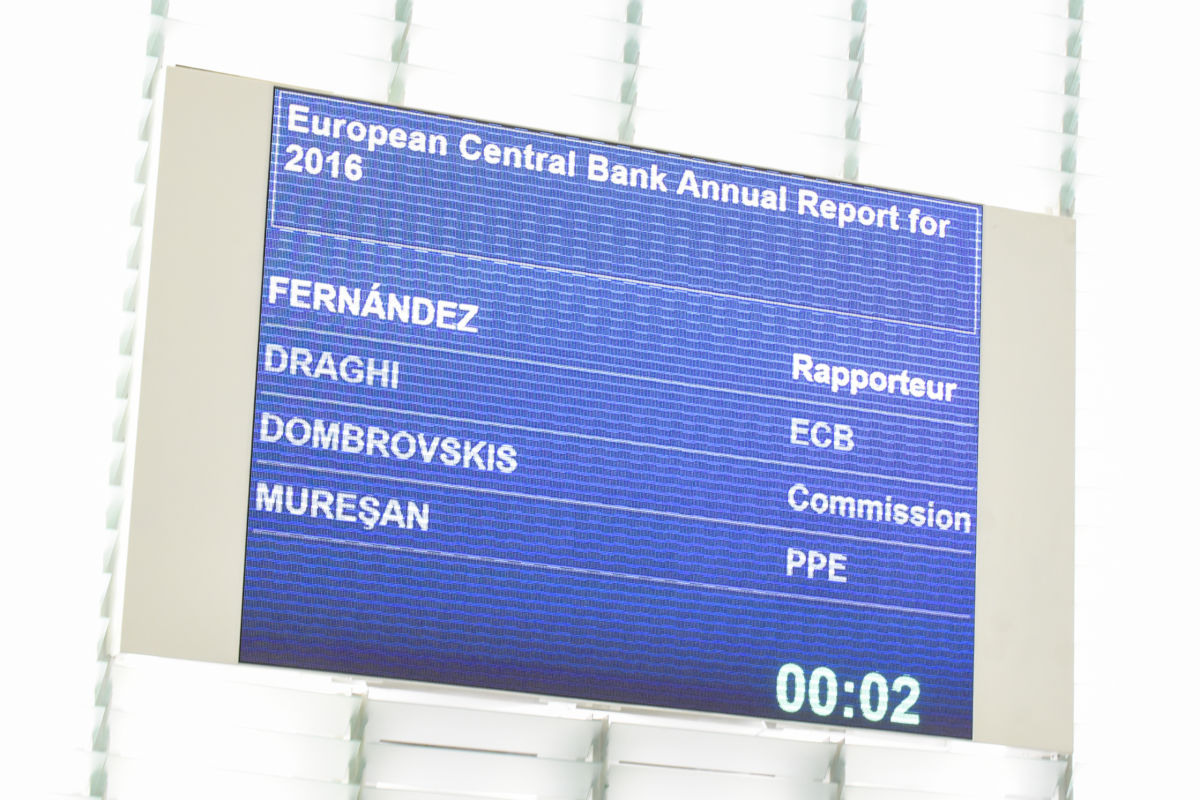We’re undergoing a global transformation marked by competition for resources, value chain shifts, geopolitical tensions, humanitarian crises, climate change and demographic challenges. This shifting landscape is forcing EU leaders and businesses to rethink their strategies.
The Letta and Draghi reports in particular urged the EU and its Member States to act – rethink governance, remove barriers to innovation, address productivity gaps, simplify legislation and ease compliance burdens.
But if the EU wants to face to these new challenges and emerge stronger, its financial sector needs to be resilient and competitive – and the retail payments system is a crucial part of the financial sector. It underpins economic activity, facilitates cross-border transactions and supports financial stability. In short, it’s one of the foundations of Europe’s digital and economic sovereignty.
Recently, the payments sector has experienced significant transformation driven by digitalisation, rapid technological changes and evolving consumer expectations. That’s why it’s essential to take a forward-looking approach and fully take advantage of the ‘payments revolution’.
The good news is that Europe’s payments landscape is dynamic well-functioning, and increasingly innovative and competitive. Yet it has started to lose ground in terms of reach and scalability, as some key players only operate within their national borders rather than EU-wide. This means that Europe could remain fragmented in a world where scale, speed and technological leadership define success.
Regulation’s important role
Although changes have mainly been driven by market dynamics and private initiatives, they’ve also been significantly supported by public policy and legislative developments. In 2008, European authorities asked the payments industry to collaborate on developing the Single Euro Payments Area (SEPA). The following year, the Payment Services Directive (PSD) was implemented, introducing a legal foundation for payments within the single market.
Following the PSD’s success, the European Commission sought to take payment services to the next level by introducing a revised Payment Services Directive (PSD2), driving innovation to create a customer-centric payment ecosystem. In 2018, the Eurosystem launched the TARGET Instant Payment Settlement (TIPS initiative) that allows for ‘real time’ payments throughout the euro area. Instant payments have also been promoted by the European Commission through the new Instant Payment Regulation, adopted in March 2024.
Given regulation’s critical role in ensuring a resilient, competitive, innovative and fair European payments landscape, it’s now essential that EU leaders and co-legislators establish a new and visionary European payments policy. Legislatively, this requires clear Level 1 texts (i.e. primary legislation) and avoiding Level 2 measures (i.e. secondary legislation) if political agreement can’t be reached.
It’s also crucial to uphold the 2016 principle of assessing the impact of substantial legislative amendments, particularly if they risk increased costs, unintended consequences or undermine simplification efforts. Harmonisation should be a priority, removing national opt-outs and discretion from draft legislation while ensuring a consistent approach among national competent authorities.
Beyond legislation, governance requires a more strategic and collaborative vision between the public and private sectors. This could be achieved through a high-level forum where European and national public institutions engage directly with the private sector. Regardless of how it’s done, fostering dialogue would be key to aligning regulatory objectives with market dynamics.
Don’t forget strategic autonomy…
Then there’s strategic autonomy. Non-European card schemes dominate card payments and are the only payment solutions besides cash that can be used across Europe. But fostering strategic autonomy is not about restricting international providers but rather ensuring that Europe’s payments landscape is both diverse and resilient. That’s why one of the European Commission’s objectives in the 2020 Retail Payment Strategy is that ‘competitive home-grown and pan-European payment solutions are available at POS’. Since then, new options have been brought to the table, namely the digital euro project and industry-led initiatives, including the European Payments Alliance (EuroPA) and the European Retail Payments Framework.
To guarantee effective implementation and to avoid duplicating resources and investment, it’s crucial that the digital euro uses already-existing European technical, operational and financial infrastructure. It should also use public and private standards where they already exist and develop new open standards to enable interoperability with other payment schemes and solutions.
Industry-led initiatives, meanwhile, should be encouraged by promoting interoperability and standardisation. This requires investing in harmonised standards and infrastructure to ensure seamless integration between payment systems, which requires collaboration between public and private stakeholders. While access to technologies like Near-Field Communication and Secure Elements has improved, it should be assessed whether additional measures under PSR/PSD3 could further enhance fair access.
Fighting fraud and stimulating consumer trust
For retail payments to remain reliable, strengthening fraud prevention and consumer protection is also a must. Changes in the payments landscape and evolving consumer habits have led to new forms of fraud, with social engineering and phishing attempts becoming increasingly prevalent. While PSD2 continues to offer consumer protection, it’s gradually becoming outdated and unable to tackle modern fraud tactics that have increasingly developed sophisticated ways to circumvent existing rules.
To combat fraud, we need stronger collaboration among all stakeholders. Fraud-sharing mechanisms – such as EU-wide anti-fraud task forces and the ERPB’s working group on fraud prevention – should be expanded to facilitate intelligence sharing between payment service providers, electronic and digital service providers, and law enforcement, while making sure privacy standards are upheld.
Liability should also be distributed proportionately across the entire value chain. However, regulation should go beyond liability allocation and place greater emphasis on preventive measures.
Finally, increasing consumer and merchant awareness, knowledge and confidence is essential. Developing tools such as recognisable trust marks, badges or IDs for verified PSPs can play a crucial role here. It’s particularly important to build trust because no payment solution can ever be successful without widescale consumer uptake.
Consumers are also often unaware of the costs associated with different payment methods. Transparent, comparable and equitable cost structures would help drive the adoption of modern payment solutions. Enhancing cost transparency will improve financial literacy and enable both merchants and consumers to make more informed decisions.
With all the above in mind, it’s very clear that a resilient and competitive payments system is essential for Europe’s economic strength and its strategic autonomy. But it’s not guaranteed that Europe will remain a payments leader – this must be sustained through innovation, collaboration and smart regulation.
In such a rapidly evolving sector, the question is no longer whether Europe should act, but how fast it can do so.
This commentary was written based on a CEPS/ECRI Task Force report on the future of EU retail payments. It gathered multiple stakeholders working within the payment sphere who participated in several extensive discussions.




